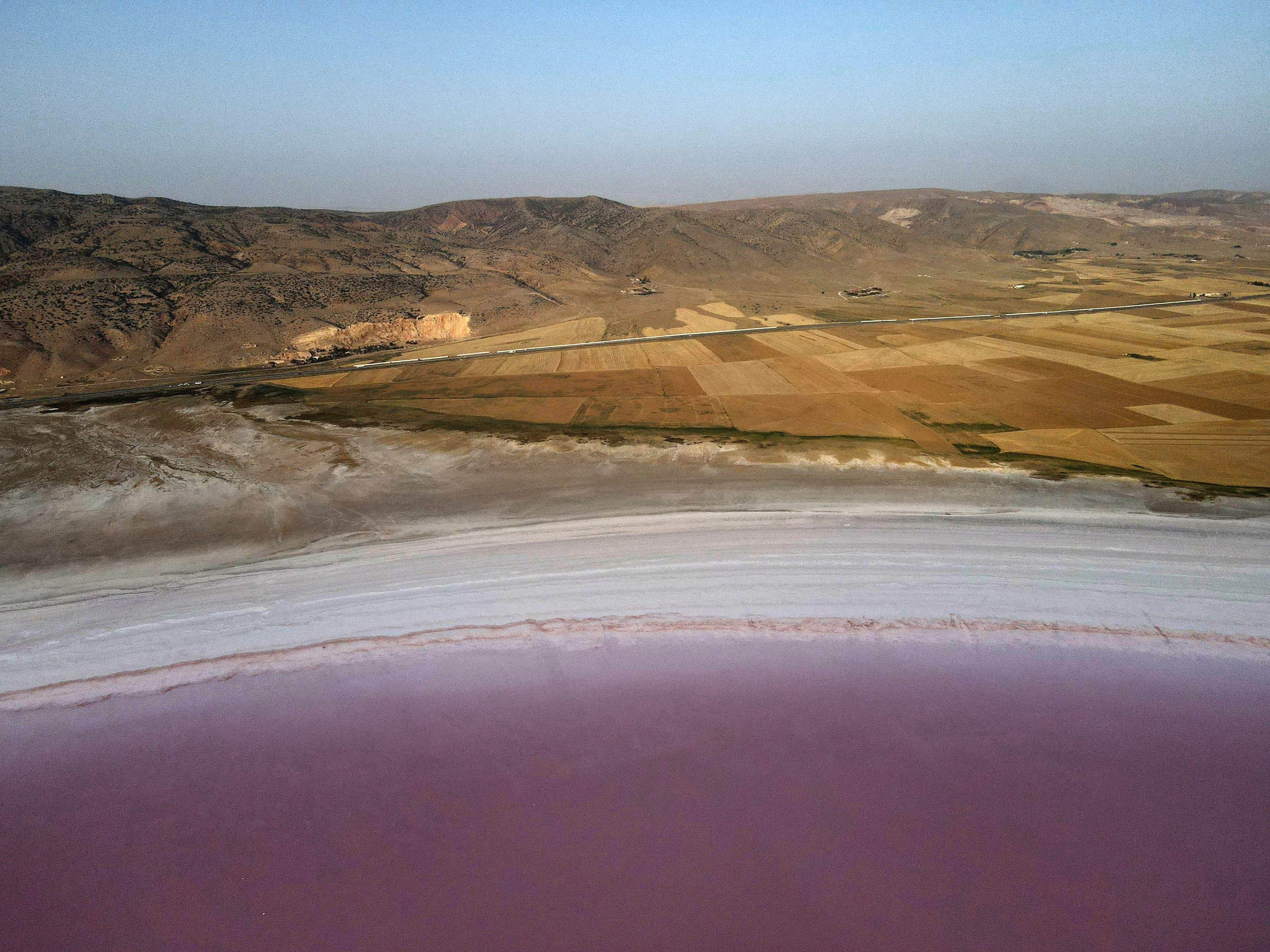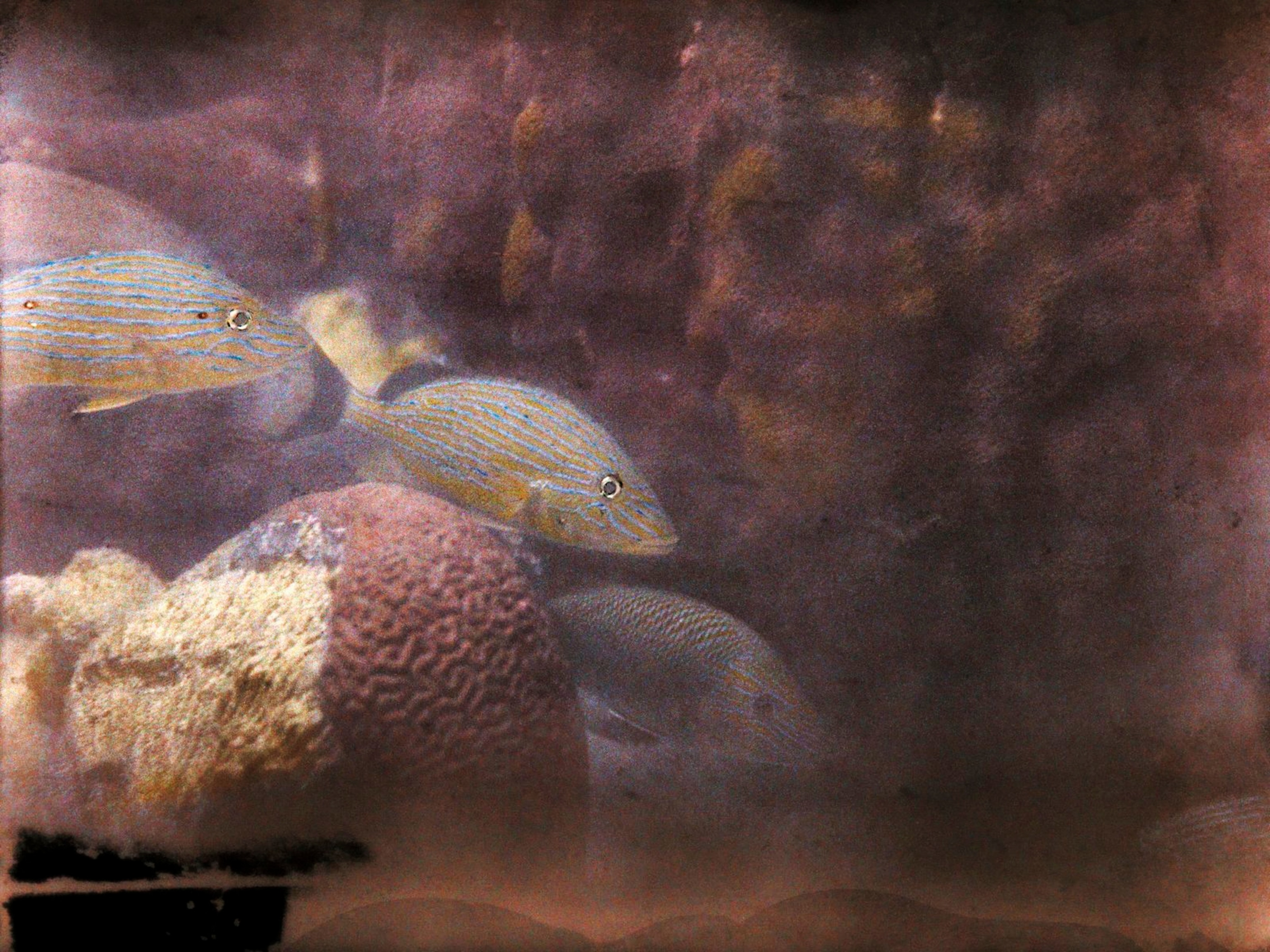
Nice Shot! How a Photographer Captured a Once-in-a-Lifetime Image of Lightning
We talk to photographer Randy Olson about how he made one of our favorite images from this month's issue of National Geographic.
This shot happened on my last night on assignment. I was working on a story about the Ogallala Aquifer near Wood River, Nebraska. That area is one of the few places in the sandhill crane's migration that still has meandering streams. Cranes, salmon, and many other critters need meandering streams to thrive. Cranes especially want to bed down in shallow water. This is a spot where these birds can all land and be together. That evening, there were more cranes than had ever been counted before—as many as 413,000.
So that night I bedded down in the blind, which is basically a cold, plywood shack. I usually photographed cranes in the morning because they would land at night and fly away as it gets light out. There were thousands of cranes landing in front of the blind—and then the storm rolled in. There was a ton of lightning right behind the birds. I put the camera on a tripod and just started pumping the shutter, making sequential 30-second exposures. This shot happened to capture the lightning and all the birds in motion.
I've never photographed this many objects in front of lightning, even though in the past I've done entire stories devoted to weather. There's often a feeder strike that's barely visible, and then the lightning strikes. The lightning actually explodes from the ground up. So when you look at the birds, you see them twice. That picture kind of shows you how lightning works.
The great thing about photographs with a lot of depth and detail is that you can keep looking at them; you want to keep going back to them. This one just happened to work out that way—all the elements lined up perfectly.
Randy Olson's work is featured in the August 2016 issue of National Geographic Magazine. Check out more of his work.





